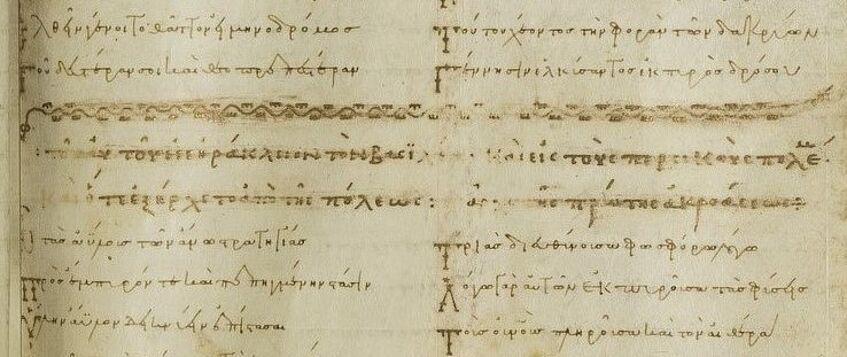
Overview
"Narrative Strategies in the Poetry of George of Pisidia" (Elise Richter Project V-803)
George of Pisidia (approximately 580 to 630 CE) held the ministry of deacon at Hagia Sophia in Constantinople and additionally served as a secular official under Heraclius, who ruled the Byzantine Empire in the years between 610 and 641 CE. In his poetry in Greek language, George of Pisidia combines traditions of classical antiquity with religious ideas of late antique Christianity. A main aim of his literary oeuvre is to promote Heraclius’ political programme and to portray the emperor as an ideal Christian ruler.
The research project Narrative Technique in the Poems of Georgios Pisides (Elise Richter Project V-803) addresses the use of different poetic text forms as well as rhetorical strategies that were intended to persuade the contemporary audience. The poems are read against the background of the literary models of antiquity and their structure and function are examined.
The aim of the project is to gain a deeper understanding of the language, style and composition of Greek poetry at the transition from antiquity to the Middle Ages. Since George of Pisidia, as an author of a transition period, has, so far, received rather little attention in both classical and Byzantine studies, the project aims to fill a gap in this field of research.
Beginning of the iambic poem "Expeditio Persica" by George of Pisidia.
Codex Suppl. grec 690 f. 59r, Bibliothèque nationale de France, Paris.

Expeditio Persica_Supplément_grec_690_f_59r_© gallica.bnf.fr_Bibliothèque nationale de France.
